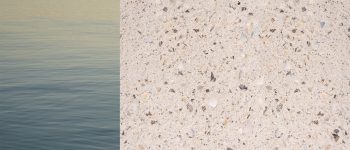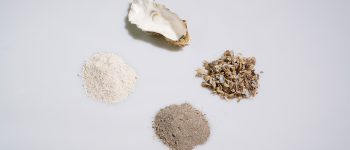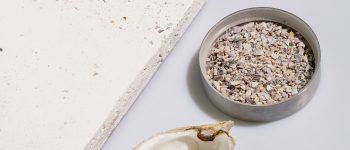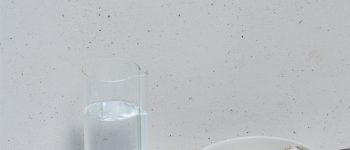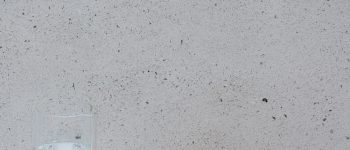This project is about transforming waste into opportunity by recycling shell waste from invasive species into a 100% shell-based lime plaster. It challenges traditional practices that rely on mining diminishing native resources, such as limestone, by demonstrating the potential of secondary resources as regenerative material.
By using bio by-products from invasive species, it turns what would be landfill waste into a regenerative material, embracing 100% closed-loop recycling. Looking backward to design forwards, the project draws on traditional craftsmanship while addressing modern environmental challenges. It breathes new life into the concept of lime plaster, blending ancient techniques with sustainable innovation.
As many designers turn to the sea as a potential future farmland, this project finds its own place within this conversation by reclaiming existing bio by-products from marine ecosystems. It highlights the sea’s regenerative abundance while minimizing environmental impact, offering a CO₂-negative lime plaster that enhances indoor air quality and introduces new aesthetic possibilities.
The focus lies on demonstrating how local design can create new value, both aesthetically and functionally compelling. Regional resources such as quagga mussels from Lake Constance or shell waste from the food industry are currently being discarded.
The aim of this project is transforming regenerative waste into a valuable, sustainable material.


